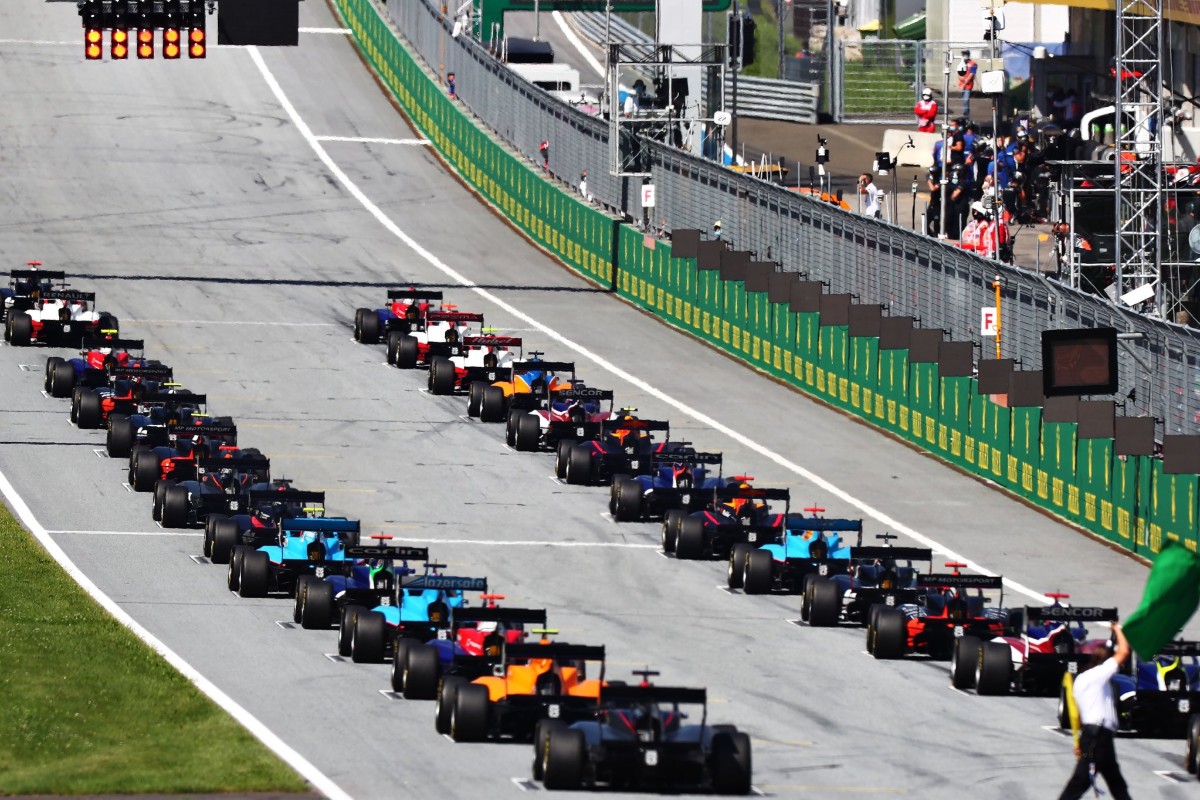
Photo: Formula Motorsport Limited
The FIA Formula 3 Championship season kicked off in Austria with some signs of a repeat of 2019, but also a weekend full of surprises and star turns. Craig Woollard and Peter Allen run through the big stories
After Saturday’s season opening FIA Formula 3 race at the Red Bull Ring, there was a sense of familiarity with the result and the way it played out. Despite that, the reversed-grid race on Sunday proved to be an intriguing affair and showed that the destination of the drivers’ and teams’ championships are far from a foregone conclusion.
There was a surprise pole-sitter, a healthy amount of overtaking, and some stunning results up and down the field with a feel-good story thrown into the mix as well. Here are the five stand-out stories Formula Scout picked up over the weekend.
You can also hear our thoughts on the Formula 2 and Formula 3 season openers in our latest podcast, available on Breaker, Google Podcasts, Overcast, RadioPublic, Pocket Casts, Castbox, Apple Podcasts and Spotify.




